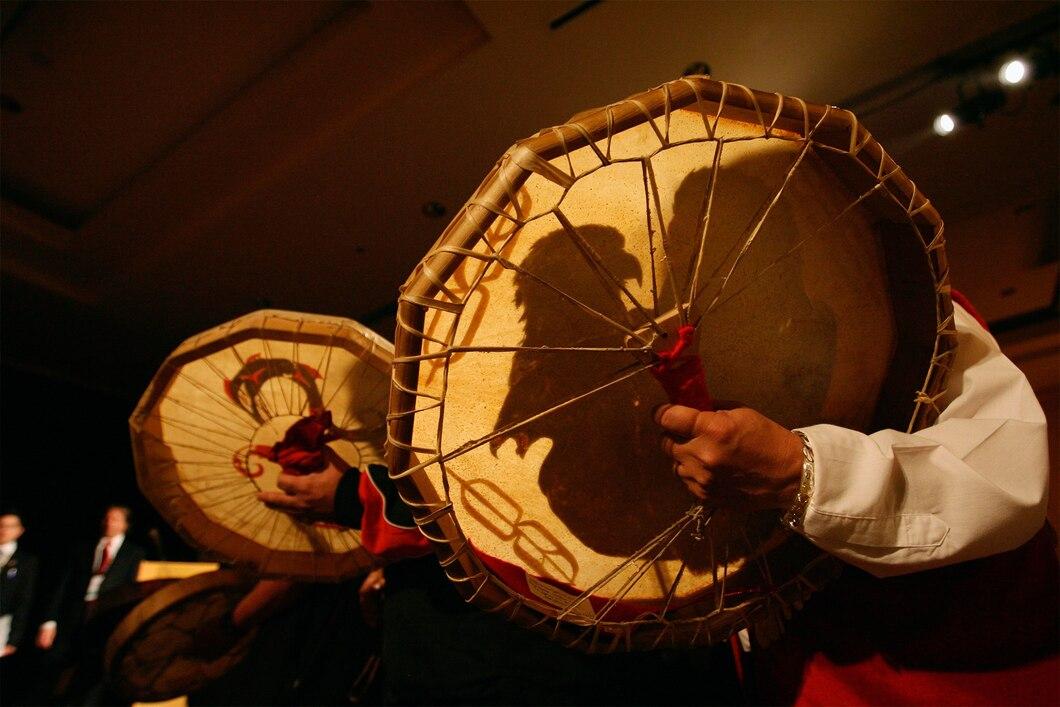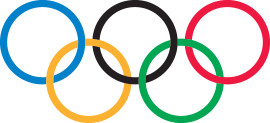First Nations Stand Tall as Shining Example of Vancouver 2010 Legacy
Watch: The Legacy of Vancouver 2010
Tewanee Joseph, a member of the indigenous Squamish nation, is unequivocal as to the impact the Olympic Winter Games Vancouver 2010 had and continues to have on his people and on society at large.
“Relationships in Vancouver have changed utterly,” said Joseph, who served as the CEO of Four Host First Nations, a non-profit organisation set up in the wake of Vancouver being awarded the Games in order to bring Canada’s indigenous peoples together and to help encourage inclusion across the country.
“Because of the Games, and the importance of the Games, the nations started to work together, and they have continued that work. It has been the greatest accelerator of relationships that I have seen.”The 15 venues used for the 2010 Games all stood on the traditional territories of the Squamish, Tsleil Waututh, Musqueam and Lil’Wat nations. And the transformation that has taken place in, among and around those communities in the 16 years since Vancouver won the right to host the Games remains a source of wonder for many.
“It makes me so proud, it’s incredible. Whenever I am out on the road I hear stuff, like inles, almost too many to count,” Joseph said.
The Squamish man’s first job as head of Four Host First Nations was to travel round every major province signing agreements with First Nations organisations and initiate the “single biggest coming together of indigenous peoples in Canadian history”. Its impact is still very much being felt.
“Since the Games British Columbia has been very committed to First Nations inclusion,” Joseph said. “For every major deal or project the city consults with the First Nations. No business happens without inclusion. That never used to be the case.”
The agreement signed ahead of the Games between Vancouver 2010 and Four Host First Nations was the first time a local organising committee and an indigenous people had gone into partnership together. And not only has it dramatically improved inclusion for Canada’s First Peoples, but it has also brought the previously disparate indigenous nations together.
“Before you had individual nations working on their own projects in isolation for the most part but now everyone works together,” Joseph said.
Healthy schools strategy showing power of innovation
The ongoing nature of Vancouver 2010’s legacy projects is something Joseph and other principal protagonists are justifiably proud of. Bruce Dewar, CEO of Lift Philanthropy, formerly known as 2010 Legacies Now, is delighted that on his watch things have really changed.
2010 Legacies Now was set up during the bid phase for the 2010 Games in order to guarantee a legacy, whether the bid was successful or not. The organisation ended up working with 4000 partners on 1400 initiatives which have, to date, benefited more than 400 individual communities. Action Schools! – one of the headline, province-wide projects – offers a great example as to how many of these initiatives have flourished, morphed and expanded in the nine years since the athletes left town.
“Action Schools! is now a whole, healthy schools strategy funded by the ministry of health,” Dewar explained. “It has moved into a much bigger programme.
“When the Games were over, we transitioned it to an organisation called Dash, which was focused on school education and health and they have since transferred it over to a bigger health organisation called Healthy Schools. Now it goes to all the schools across the province.”
According to Dewar there are several compelling reasons as to why Action Schools! is just one of a host of ongoing legacies. The first is the approach everyone took from the beginning.
“The reason why it has happened is not because of us as an organisation but because of the whole collaboration that was set by the partners around the Games,” Dewar said. “It was being innovative, seeing where the gaps were in programmes and coming up with creative solutions that did it.
“We put such a focus on our citizens and that is where the model has gone to. You need a city to say, ‘This is really going to bring great value to my city and my citizens, not just sports participants and great athletes’.
Games’ legacies now community assets
The next reason why Vancouver 2010 has become, as the then IOC President Jacques Rogge predicted in 2010, “an example to future Games”, is thanks to the way in which so many of the legacy initiatives have moved beyond their initial mandate to become community concerns in their own right.
The First Nations Snowboard Association is one such example. It was founded on the back of Vancouver 2010 funding to empower indigenous youth. It now boasts more than 400 members across more than 12 First Nations territories and drives participation and elite development. Its riders compete regularly at state and national level and the organisation has a stated aim of sending Canada’s first indigenous representative to compete in snowboarding at the Olympic Winter Games.
For Dewar, a big driver behind such sustained impact was the decision he and his board took to turn over all their legacy projects to the communities themselves and other partners.
“We needed to allow different organisations to come along and represent beyond the Olympics and really get the mandate for the next stage,” Dewar explained. “It was about really trusting your communities and your partners. They know what they need.
“We wanted true, sustainable legacies. If we had tried to own them and control them it would have been much harder.”
As a result of such action many of the Vancouver 2010 legacies have become “embedded into communities so people see them as communities’ assets and not just Games assets”. In fact, most have been revamped and re-branded so many times that all mention of the Olympic Games has long since disappeared – which is just as it should be, according to Dewar.
“It was like a kid moving out – you have great ideas about what they are going to do and how successful they are going to be, and they do quite often be successful (but) not exactly how you thought,” Dewar laughed. “And along the journey you think, ‘Why are they doing that?’. And then they turn out great.”




